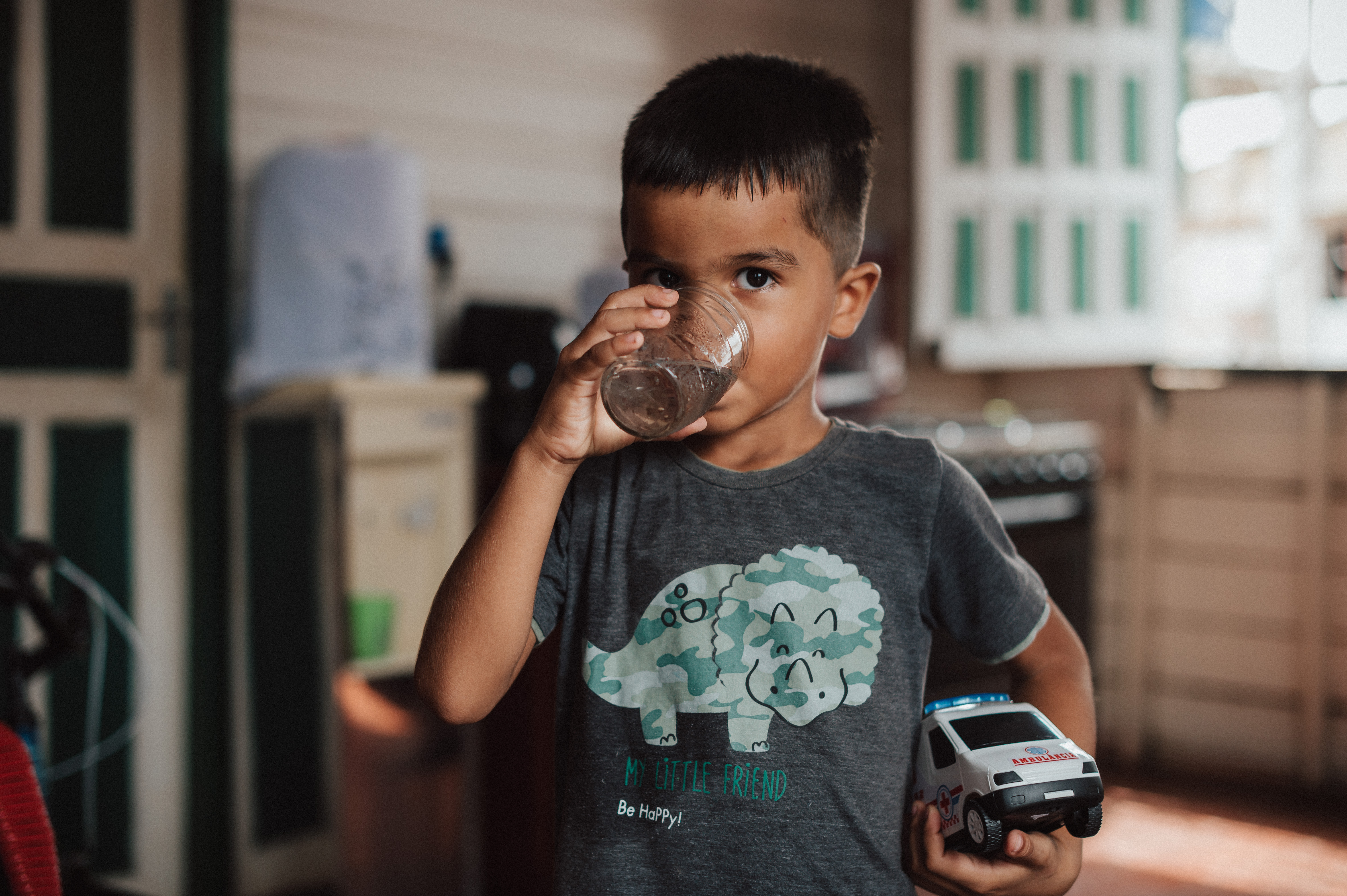

Description
The qualification of health agents working with indigenous communities is essential to ensure adequate implementation of the guidelines set out by the National Policy for Health Care of Indigenous Peoples (PNASPI, acronym in Portuguese). It was in this regard that the Indigenous Health Agent (AIS) and Indigenous Sanitation Agent (AISAN) qualification program was established. The program is designed by i) specialists in the indigenous health area; ii) teachers of Technical Schools of the Brazilian National Health System (ET-SUS, acronym in Portuguese); iii) Indigenous Health workers and iv) Manager of the Indigenous District Health Council (CONDISI, acronym in Portuguese).
The program consists of: [...] a strategy that aims to favor the appropriation, rather than replacement, of knowledge and technical resources of Western medicine by indigenous peoples, so as to complement traditional and cultural health practices. (BRAZIL, 2018)
It is worth noting that AISAN activities include “interventions in the field of environmental regulation and sanitation (operation/maintenance of water supply systems; preservation of springs; disposal of solid waste from villages), as well as environmental and health guidance/education, [...]". These activities thus create possibilities for improving environmental sanitation and expand the mobilization of the community around sanitation and their relationship with nature”. (BRAZIL, 2018)
AIS and AISAN are distributed in all regions of the country and actively contribute to advances and improvements in the health of Brazilian indigenous peoples, especially with regards to infant mortality, prenatal coverage, sanitary conditions, access to quality water, health surveilance of children, vaccination and health surveillance of the indigenous population in general.
Criteria 10/11
- ACCESSIBILITY
- ALIGNMENT WITH SDG 1,3,4,6 AND/OR 11
- RACE AND GENDER ISSUES
- ATTENTION TO CHILDREN AND ADOLESCENTS
- LOW COST
- SOCIAL DIFFUSION
- ADMINISTRATIVE EFFICIENCY
- ADHERENCE AND CONTINUITY AT LOCAL LEVEL
- WASH INITIATIVE
- CLIMATE RESILIENCE
- SUSTAINABILITY
SESAI coordinates with the Special Indigenous Health Districts (DSEIs, acronym in Portuguese) and these are also supported by the municipal and state health secretariats, in addition to the Health Regulatory Secretariat.
Indigenous Health Agents and Indigenous Sanitation Agents
National (34 Special Indigenous Health Districts)
Indefinite
Within the scope of PNASPI, each DSEI has a Multidisciplinary Indigenous Health Team (EMSI, acronym in Portuguese). EMSIs serve at the community health clinics and at the Base Centers. A set of health clinics from different communities are linked to a Base Center.
The Base Center coordinates the work of EMSI. AIS and AISAN are part of this team and represent an important link between the indigenous population and the larger health team.
AIS or AISAN, as a coordinator between community members and other health professionals and services, requires knowledge of people's daily lives, which allows them to value and respect local values and cultures.
It is important that AIS and AISAN know all the people and institutions that develop policy interventions in the territory.